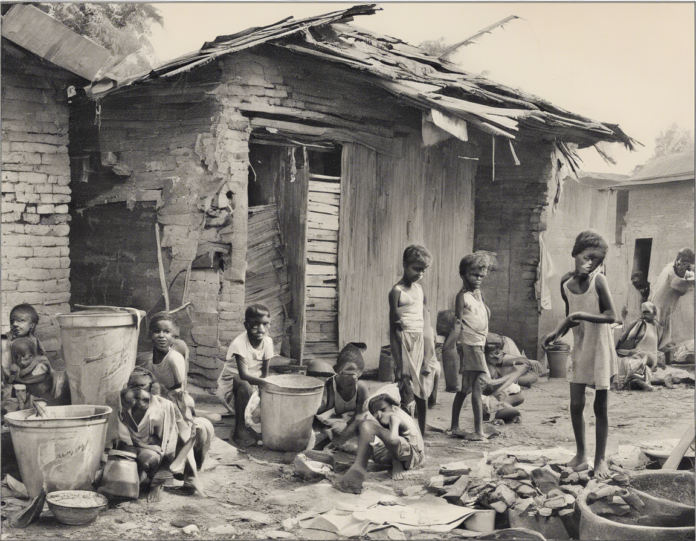Poverty is a complex and multifaceted issue that continues to be a significant challenge globally. It is a condition where individuals or communities lack the financial resources and basic necessities to meet their essential needs for a dignified life. In this guide, we will explore the various dimensions of poverty, its causes, impacts, and potential solutions.
Understanding Poverty
Poverty is not just about a lack of money. It is a condition characterized by inadequate access to resources such as education, healthcare, clean water, nutritious food, and shelter. Poverty is often interlinked with social exclusion, discrimination, and limited opportunities for economic and social advancement.
Types of Poverty
- Absolute Poverty: Refers to a condition where individuals cannot meet their basic needs for survival, such as food, shelter, and clothing.
- Relative Poverty: Describes a situation where individuals have significantly lower income or resources compared to the average population in their society.
Causes of Poverty
1. Unemployment: Lack of job opportunities and stable employment can lead to income insecurity and poverty.
2. Low Education Levels: Limited access to quality education can hinder individuals from securing well-paying jobs, perpetuating the cycle of poverty.
3. Health Issues: Medical expenses and lost income due to illness can push individuals further into poverty.
4. Inequality: Disparities in income distribution and social opportunities contribute to the persistence of poverty.
5. Political Instability: Conflict and political unrest can disrupt economic activities and exacerbate poverty levels.
Impacts of Poverty
1. Health: Poor nutrition and inadequate access to healthcare services contribute to higher rates of illness and mortality among impoverished populations.
2. Education: Children from low-income families often face barriers to accessing quality education, limiting their future prospects.
3. Housing: Inadequate housing conditions, including lack of sanitation and clean water, pose health risks to impoverished communities.
4. Social Exclusion: Poverty can lead to marginalization and stigmatization, perpetuating cycles of disadvantage and discrimination.
Addressing Poverty
1. Social Protection Programs: Governments can implement social safety nets such as cash transfers, food assistance, and healthcare subsidies to support vulnerable populations.
2. Education and Skills Training: Investing in education and vocational training programs can empower individuals to secure better livelihoods and break the cycle of poverty.
3. Employment Generation: Creating job opportunities through economic development initiatives can uplift communities and reduce poverty levels.
4. Healthcare Access: Improving access to affordable healthcare services and promoting preventive care can enhance the well-being of impoverished populations.
Frequently Asked Questions (FAQs) on Poverty
1. What is the poverty line?
The poverty line is a threshold used to determine the minimum income needed to meet basic needs such as food, shelter, and clothing. It varies by country and is often updated to reflect changes in living costs.
2. How many people live in poverty globally?
According to the World Bank, an estimated 700 million people lived in extreme poverty (living on less than $1.90 a day) in 2015. However, the number of people living in poverty has been decreasing over the years due to global development efforts.
3. What are the long-term effects of poverty?
Persistent poverty can have lasting effects on individuals and communities, including poor health outcomes, limited educational opportunities, and reduced economic mobility. It can also perpetuate intergenerational cycles of disadvantage.
4. How can individuals contribute to poverty alleviation efforts?
Individuals can support poverty alleviation through donations to reputable organizations, volunteering with community initiatives, advocating for policy changes, and supporting fair trade practices that benefit marginalized producers.
5. What role do governments play in poverty reduction?
Governments play a crucial role in poverty reduction through the implementation of social policies, investment in public services, regulation of markets to ensure fair wages and working conditions, and promotion of inclusive economic growth strategies.
In conclusion, addressing poverty requires a comprehensive and multi-faceted approach that addresses its root causes and systemic challenges. By investing in education, healthcare, employment opportunities, and social protection programs, we can work towards creating a more equitable and just society where all individuals have the opportunity to thrive.

